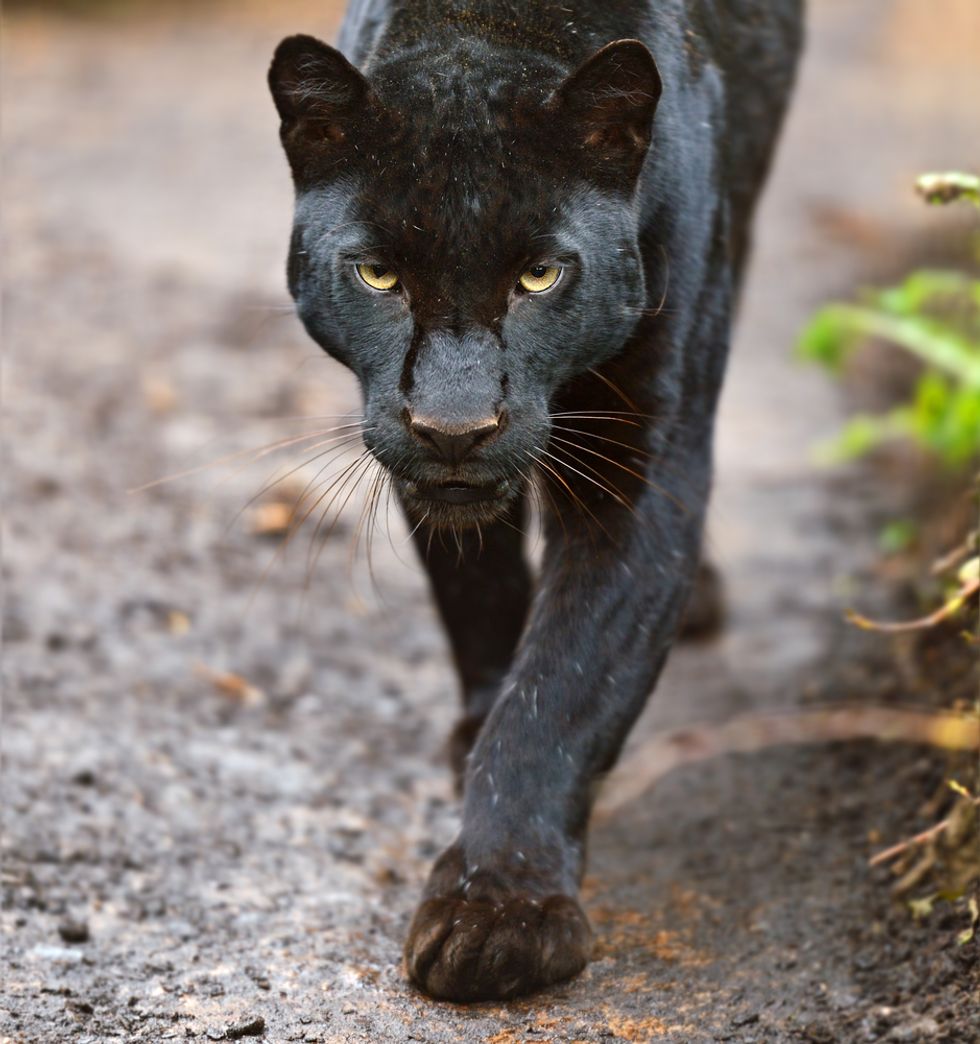
Leopards with a condition that turns their fur black have spots but they're hidden in a dark coat. (Photo credit: Shutterstock)

Leopards are notorious for their spotted coats, but some have a condition that results in jet black hair, making their spots virtually invisible.
From a conservation and research standpoint, this poses a problem for scientists who wish to be able to distinguish one animal from another.

Scientists though just announced that they found a relatively easy trick to help reveal black leopards' identifying spots using infrared flash.
"Most automatic cameras have an infrared flash, but it’s only activated at night," James Cook University's Dr. Gopalasamy Reuben Clements said in a statement. "However, by blocking the camera’s light sensor, we can fool the camera into thinking it’s night even during the day, so it always flashes."

The researchers tested this method in northeast peninsular Malaysia and found they could identify the animals with 94 percent accuracy. The leopards in this area are considered particularly rare because, "this is perhaps the only known example of a wild mammal with virtually an entire population composed of black individuals," Laurie Hedges from the University of Nottingham in Malaysia, lead author of the study, said.
These types of leopards are entirely black rather than brown with black spots due to a condition known as melanism.
Despite the habitat in this region being supportive for the leopards, the researchers said there are not as many as they would expect in the area likely due to poaching.
"Many dead leopards bearing injuries inflicted by wire snares have been discovered in Malaysia," JCU professor William Laurance said in a statement.
The news release from the university also noted that leopard habitats elsewhere are disappearing, making the need for conservation of this population more critical.
"This new approach gives us a novel tool to help save this unique and endangered animal," Hedges said.
"This will allow us to study and monitor this population over time, which is critical for its conservation," Clements said.
The research on this new identification technique was published in the Journal of Wildlife Management.
(H/T: Science Daily)
—
Front page image via Shutterstock.